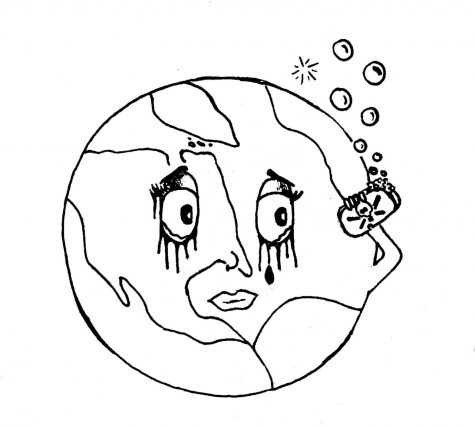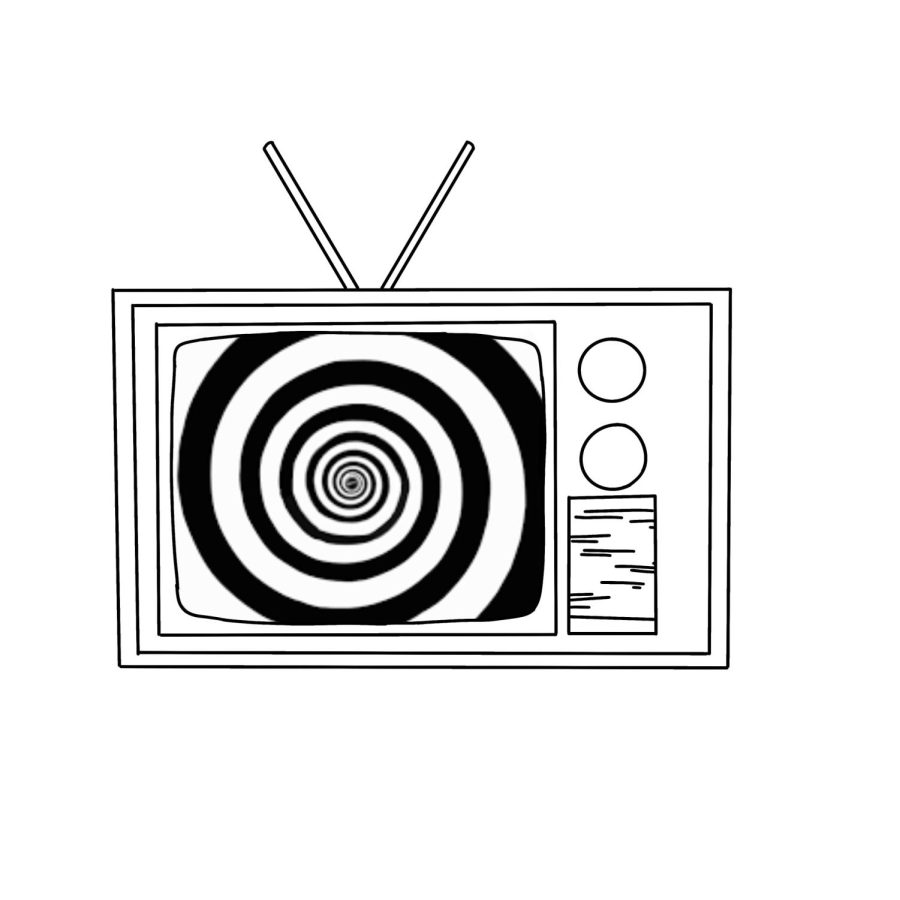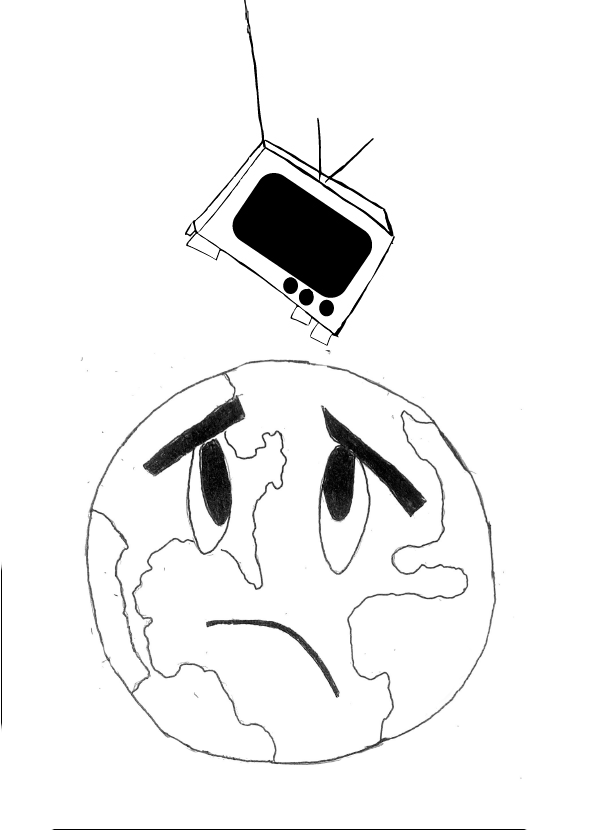In every department store lies a beauty aisle. Colorful bottles populate stacked shelves, their contents ranging from shampoo to facial cleanser to makeup remover. I could spend hours perusing through every product, examining their health benefits or beautification claims, but recently I’ve discovered that their environmental impact is often excluded from the display.
The global personal care industry encapsulates all cleansing and cosmetic products, and its dependence on plastic is an undeniable trademark. About 48 percent of the 120 billion units of hair care bottles, makeup sets and toothbrushes produced each year globally are made of non-recyclable, non-biodegradable plastic according to Zero Waste Week. Plastic is one of the largest contributors to global waste and threats to aquatic animal health: there are 5.25 trillion pieces of plastic currently in the ocean and 100,000 marine mammals die from plastic pollution or consumption each year. Decreasing your own plastic consumption is most effective in minimizing cosmetic waste, but opting for products with sustainable packaging is a great first step.
While the marketed purpose of the beauty industry is to increase health and wellbeing, the quality of the material and chemical components of personal care products often fail to do so. Many beauty products possess a serious threat within their containers: toxic chemicals. The ingredients listed on most personal care items are comparable to hieroglyphs in the level of difficulty and effort it takes to understand them. As a result, the often exhaustive collection of foreign, polysyllabic “-oxides” and “-benzones” is ignored by most shoppers. According to a February Bark survey, 10 percent of Redwood students always check for sustainability labels on cosmetic items, 35 percent do occasionally and 55 percent rarely or never check.
Although the Food and Drug Administration (FDA) requires manufacturers to ensure their products are safe for human use, it does not regulate levels of specific ingredients other than those directly labeled toxic or harmful. Of the 10,500 unique chemicals used in the personal care industry, 216 are likely carcinogens, or cancer-causing agents, for both humans and animals. Dangerous additives such as diethanolamine (DEA), phthalates, sulfates and parabens remain legal, at least in the United States, due to their association with personal care.
Upon researching the ingredients in my personal care collection, I discovered that most had at least one substance listed on hair and wellness site Nutrafol in their 2020 “16 Ingredients To Avoid In Hair Products” article. Apparently, my vaseline is comprised of Petroleum Jelly, or petrolatum, which is derived from crude oil and contains hormone-disrupting chemicals that can cause infection in humans and animals. Palm-derived sulfates and DEA produce a foamy texture in roughly 50 percent of hair and cosmetic products but are likely carcinogens for humans and can become fatally toxic to fish, crustaceans and amphibians when they wash down the drain.
Many brands are now jumping on the sustainability bandwagon, promoting recycled containers and the absence of certain harmful ingredients. CVS, Target and similar stores have placed product labels declaring them “cruelty-free,” “vegan” and “clean.” While this is an important development, bringing attention to those that do not meet the same standards is necessary to reduce our cosmetic waste. Instead of trusting boasts of “extreme hair volume” and “clear skin guaranteed,” start researching ingredients, recycling (and avoiding) packaging and substituting makeup wipes and cotton balls with their reusable counterparts. The “Makeup Eraser” is a machine-washable, remover-infused towel that only requires water to wash off cosmetics, and melting/cleansing balms are its liquid equivalents. The Environmental Working Group and CodeCheck app also help evaluate the overall toxicity and sustainability of beauty products and brands. So, the next time you wander into that beauty aisle, remember to incorporate environmental care into your personal care routine.









